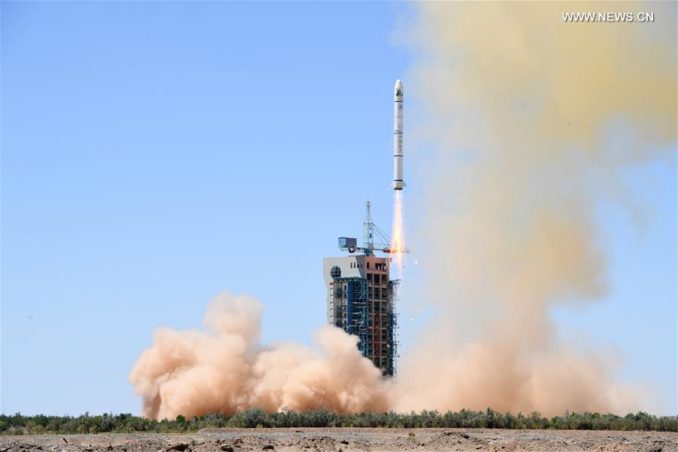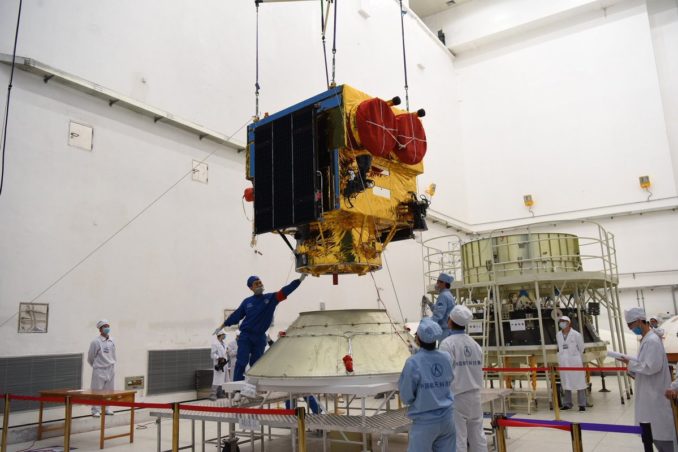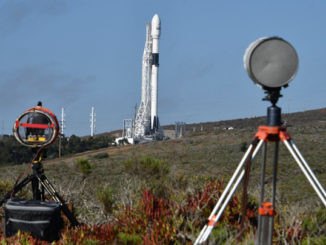
A Chinese Long March 2C rocket launched Monday with two satellites for Pakistan’s national space agency, extending a partnership between the two countries’ space programs.
The Long March 2C booster lifted off at 0356 GMT Monday (11:56 p.m. EDT Sunday) from the Jiuquan space center in northwest China’s Inner Mongolia region, according to the China Academy of Launch Vehicle Technology.
CALT, China’s primary launch vehicle developer, said the rocket successfully placed the two Pakistani satellites into polar orbit using a solid-fueled rocket motor mounted atop the two-stage hydrazine-burning Long March 2C booster.
Satellite tracking data published by the U.S. military indicated the mission’s two payloads were deployed into an orbit ranging between 364 miles (586 kilometers) and 388 miles (625 kilometers) above Earth, following a track tilted 98.1 degrees to the equator.
Pakistan Remote Sensing Satellite 1 was the mission’s primary payload.
The PRSS 1 spacecraft was built in China by DFH Satellite Co. Ltd., a subsidiary of the China Academy of Space Technology, for Pakistan’s national space agency, SUPARCO. Designed for to collect one-meter (3-foot) resolution imagery from orbit, PRSS 1 will support the monitoring of natural resources, environmental protection, disaster management and emergency response, crop yield estimation, and urban planning, according to China Great Wall Industry Corp., the Chinese state-owned company responsible for arranging commercial and international satellite and launch contracts.
Officials said the new satellite will also provide remote sensing information for the establishment of the China-Pakistan Economic Corridor, an extensive multibillion-dollar infrastructure development project between the two nations.

Chinese officials said PRSS 1 extended its solar panels after reaching orbit Monday, beginning a series of checkouts before the Pakistani-owned craft is declared operational. PRSS 1 is designed for a seven-year lifetime, and carries two cameras.
An experimental Earth observation satellite named PakTES 1A, designed and built in Pakistan with contributions from South Africa, accompanied the PRSS 1 spacecraft on Monday’s launch.
China previously manufactured and launched the PakSat 1R communications satellite for Pakistan in 2011. The countries signed the agreement for the PRSS 1 mission in April 2016, modeled on an arrangement in which China built a pair of similar Earth-observing spacecraft for Venezuela.
Monday’s mission was China’s 19th space launch of the year, all successful. It was also the first launch by a Long March 2C rocket on a commercial flight since 1999, when China launched the last of six missions with a pair of U.S.-owned Iridium communications satellites.
Email the author.
Follow Stephen Clark on Twitter: @StephenClark1.



